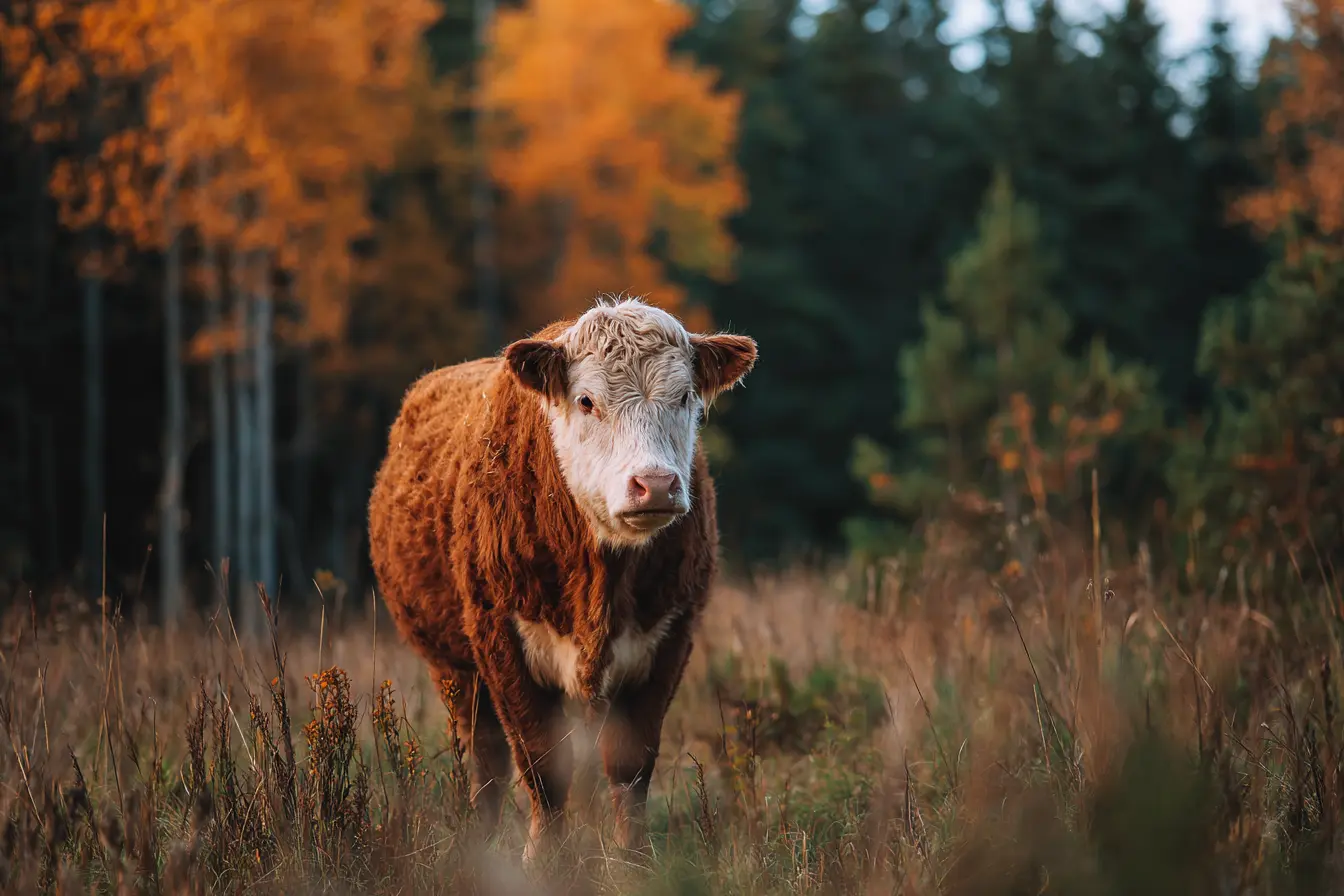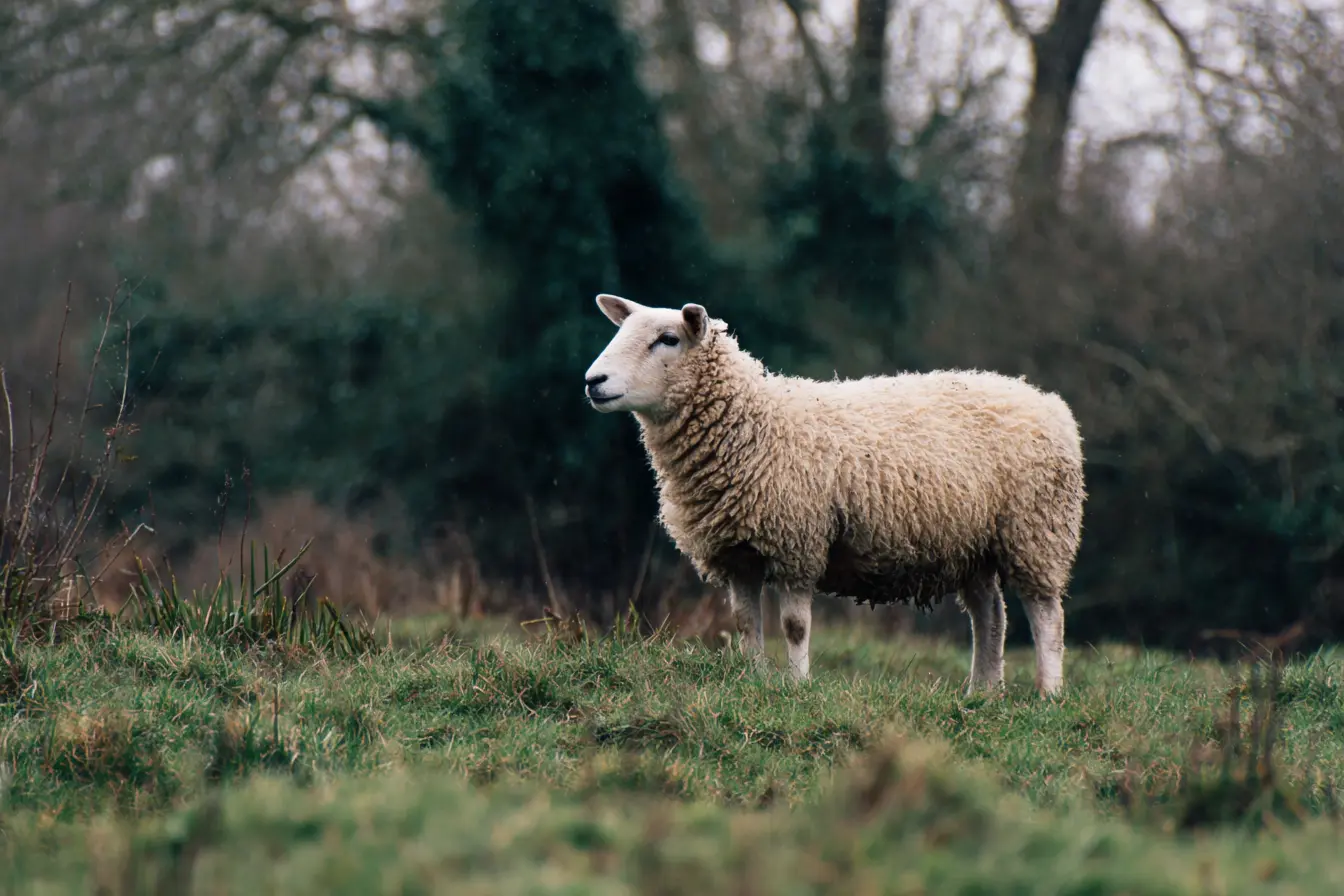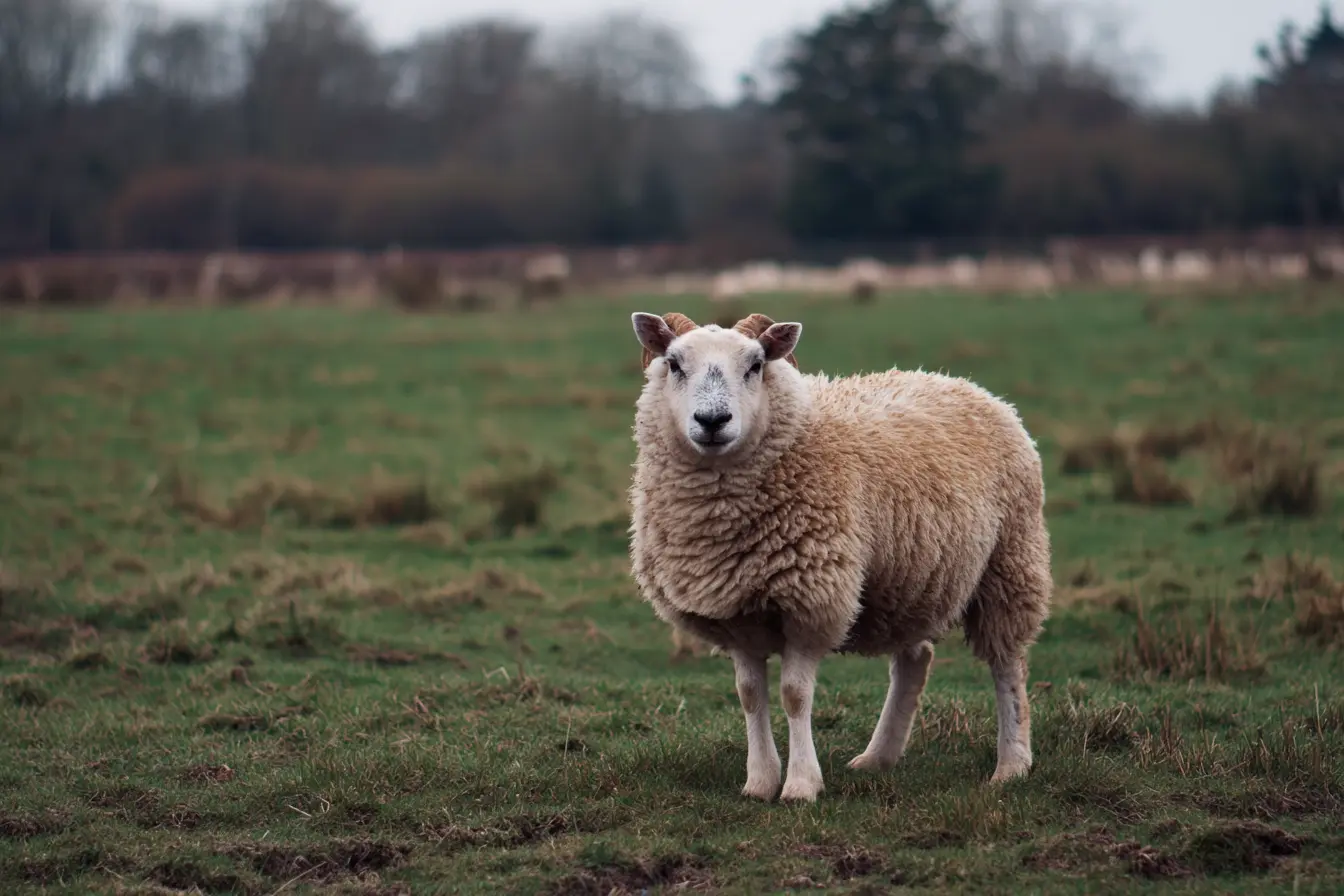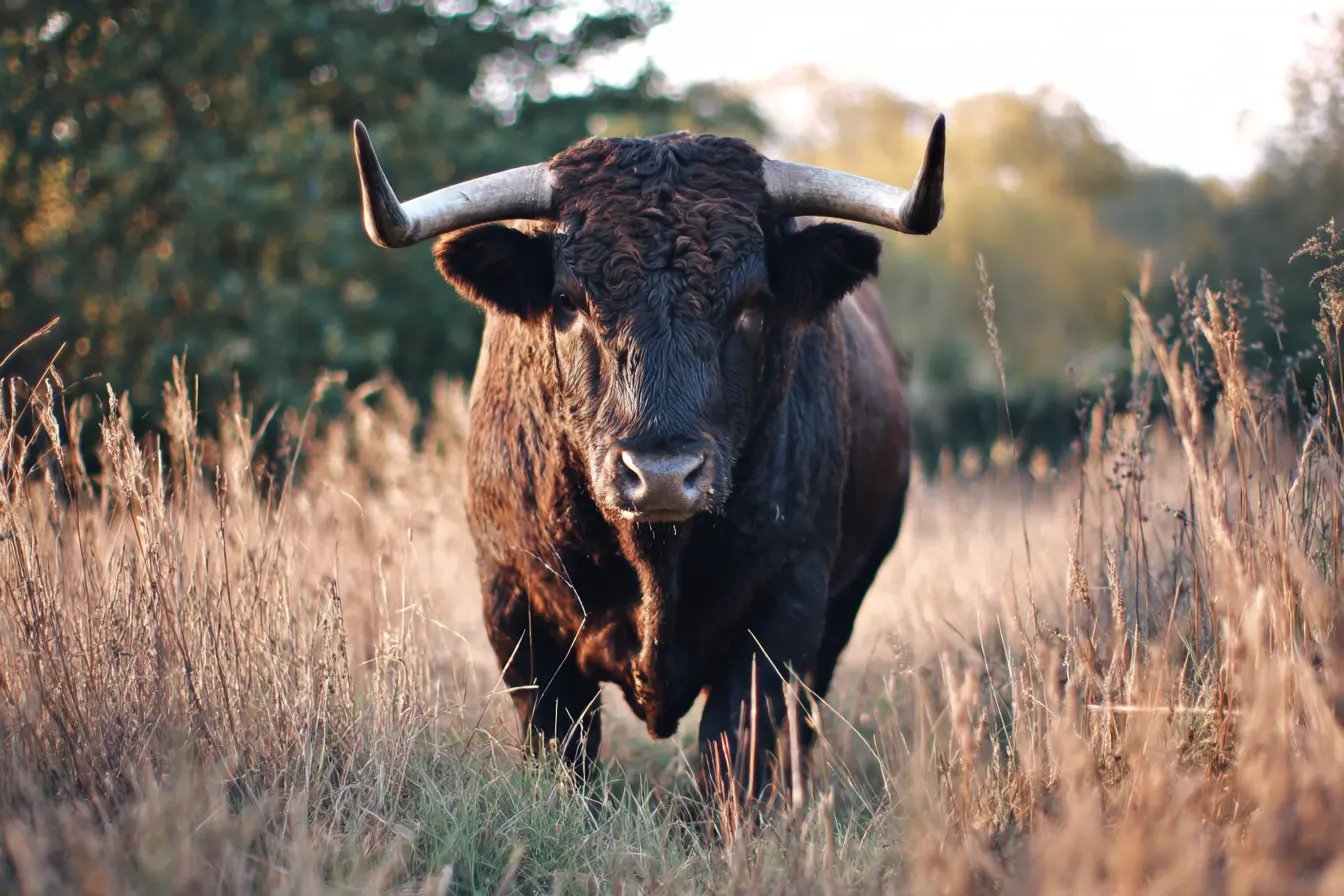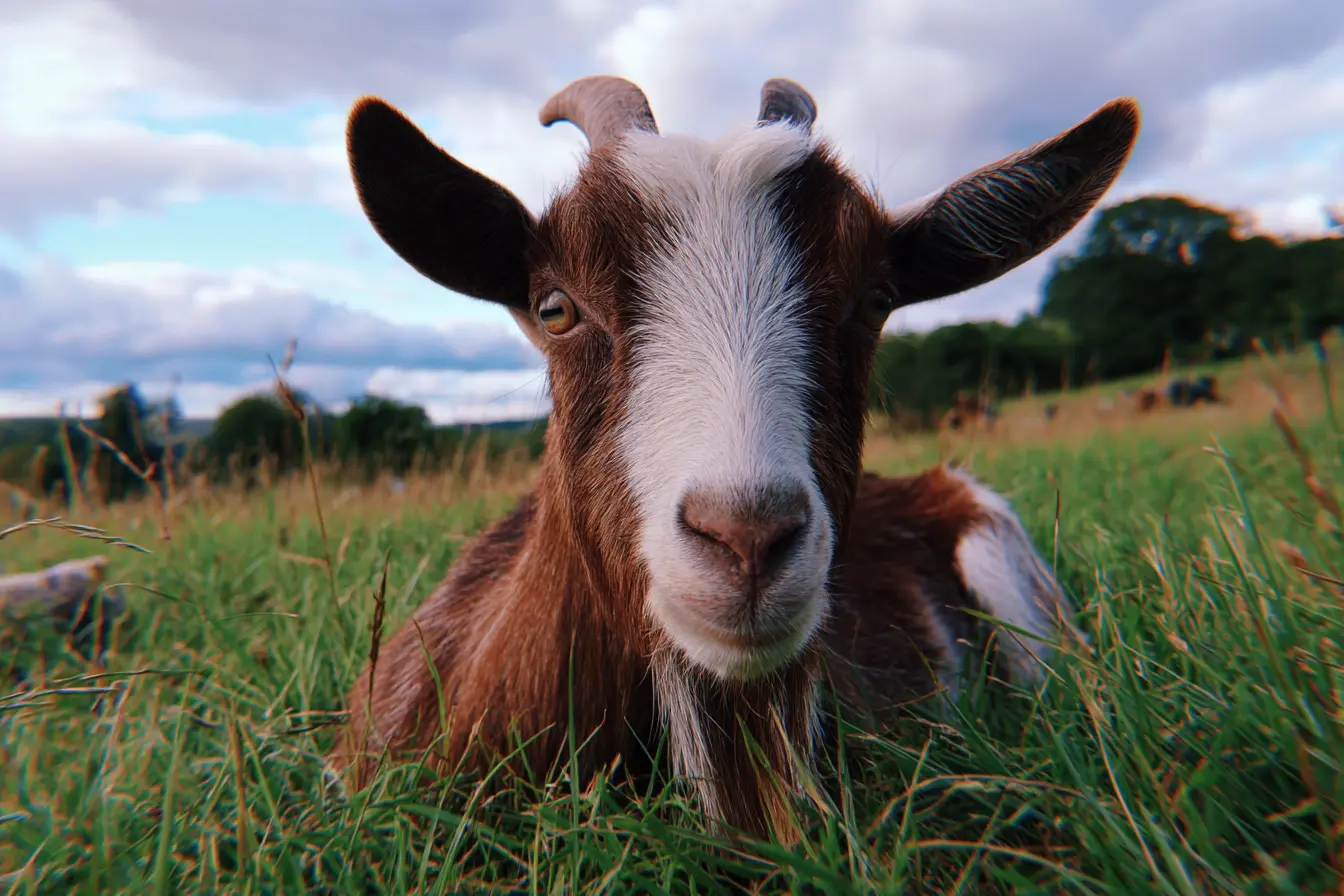
A Complete Guide to Horn Tipping in Goats
Horn tipping is the practice of removing only the sharp ends (tips) of fully grown horns while leaving the rest of the horn structure intact. It is sometimes used in goats to reduce the risk of injury to other animals, handlers, and housing equipment when full dehorning is not necessary or would be too invasive.
While horn tipping is less traumatic than full dehorning, it must still be done carefully, legally, and with attention to pain management and aftercare. This guide explains everything you need to know about horn tipping in goats including when and why to do it, legal considerations in the UK, the correct procedure, and welfare implications.
What is Horn Tipping?
Horn tipping involves cutting off the pointed end (usually 1–2 cm) of a mature horn.
- The horn tip contains mostly dead keratin, but if cut too far back it will expose the living horn core, which contains blood vessels and nerves.
- The goal is to blunt the horn, not remove it entirely.
- This greatly reduces the risk of injury while avoiding the complications of full dehorning.
Horn tipping does not stop horn growth and should not be confused with disbudding, which is carried out on young kids to prevent horn development entirely.
Why Horn Tipping is Performed
Horn tipping is done for several important reasons:
- Reducing injury risk: Prevents goats from injuring herd mates or handlers during pushing or fighting.
- Improving safety in housing: Helps prevent horns becoming caught in fences, feeders, or gates.
- Welfare-friendly alternative: Provides a safer option when full dehorning is not justified.
- Managing aggressive behaviour: Can reduce the severity of injuries during fights in horned groups.
It is often used as a management compromise in older goats where horns are causing problems but full dehorning would be too invasive or risky.
Legal Requirements in the UK
Horn tipping in goats is covered under the Animal Welfare Act 2006 and the Mutilations (Permitted Procedures) (England) Regulations 2007, with similar legislation in Scotland, Wales, and Northern Ireland.
Key legal points include:
- Horn tipping can be performed by a trained, competent person.
- If living horn tissue (the horn core) is cut, this becomes dehorning and must only be done by a veterinary surgeon under general anaesthetic.
- Only the dead keratin tip should be removed during tipping.
- Pain relief (analgesics) should be used if there is any possibility of cutting near live tissue.
Because goats have thinner horn walls and larger sinuses than cattle, there is a higher risk of exposing sensitive tissue, so horn tipping must be done cautiously.
When to Perform Horn Tipping
- Horn tipping is generally carried out on mature goats with fully developed horns.
- It is best done outside of fly season (spring and summer) to reduce flystrike risk.
- It should only be done when goats are healthy, calm, and well restrained.
- Only a small amount (1–2 cm) should be removed to avoid reaching the living core.
If horns are cracked, broken, or growing dangerously close to the head, full dehorning may be required, which must only be done by a vet.
The Horn Tipping Procedure
Horn tipping is a simple procedure when performed carefully and correctly. The typical steps are:
-
Restraint
- The goat is gently restrained, ideally in a goat crush or with a halter.
- Calm handling reduces stress and movement during the procedure.
-
Assessment
- The horn is examined to locate where the dead horn ends and the living core begins.
- The horn core is usually about 2–3 cm below the tip, but this varies between animals.
-
Cutting the tip
- The sharp point of the horn is removed using clean, sharp horn cutters, a saw, or embryotomy wire.
- Only a small portion is removed to avoid exposing live tissue.
- If any bleeding occurs, this suggests the horn core has been reached.
-
Sealing and dressing (if required)
- If bleeding occurs, a hot cautery iron can be used to seal the blood vessels.
- Antiseptic or fly repellent may be applied.
-
Recovery
- The goat is calmly released and returned to a clean, dry area.
The entire procedure usually takes just a few minutes when done by a competent handler.
Aftercare
- Observe goats closely for several days for any signs of bleeding, swelling, or infection.
- Keep goats in a clean, dry, fly-free environment.
- Avoid rough handling, head butting, or transport until healed.
- If bleeding persists or infection develops, veterinary care is required.
Potential Complications
While horn tipping is low risk, complications can occur if done incorrectly:
- Excessive bleeding if the horn core is exposed.
- Infection of the horn or underlying sinus.
- Flystrike, especially in warm weather.
- Pain and stress if too much horn is removed.
This is why it is vital to only remove the dead tip and not the living core.
Welfare Considerations
- Horn tipping is less invasive and less painful than dehorning.
- It should only be performed when necessary for safety or welfare reasons, not for cosmetic purposes.
- Using correct equipment, handling goats calmly, and maintaining good hygiene helps minimise stress.
- If in any doubt about how much horn to remove, consult a vet before carrying out the procedure.
Alternatives to Horn Tipping
- Disbudding kids at 3–10 days old prevents horns from developing and is the preferred method of horn control.
- Breeding polled goats (naturally hornless) can reduce the need for horn management, though care is needed to avoid fertility problems linked to polled genetics.
- Management adjustments: modifying housing or fencing to reduce injury risk from horns.
- Horn caps or guards to cover horn tips without removal (rarely used but an option in some cases).
Conclusion
Horn tipping in goats is a simple, low-risk procedure that can improve safety and welfare when full dehorning is not needed. It involves removing only the sharp horn tip to reduce injury risks without exposing living tissue.
In the UK, it can be performed by a competent person provided it does not involve cutting into live horn. When done correctly, with calm handling, good hygiene, and careful aftercare, horn tipping can be an effective part of responsible goat management while safeguarding welfare.
Vets near you
Speciality vets
- Aquatics vet specialists
- Birds vet specialists
- Camelids vet specialists
- Cats vet specialists
- Cattle vet specialists
- Deer vet specialists
- Dogs vet specialists
- Equines vet specialists
- Exotic vet specialists
- Goats vet specialists
- Pigs vet specialists
- Poultry vet specialists
- Sheep vet specialists
- Small Mammals vet specialists
- Wild vet specialists
